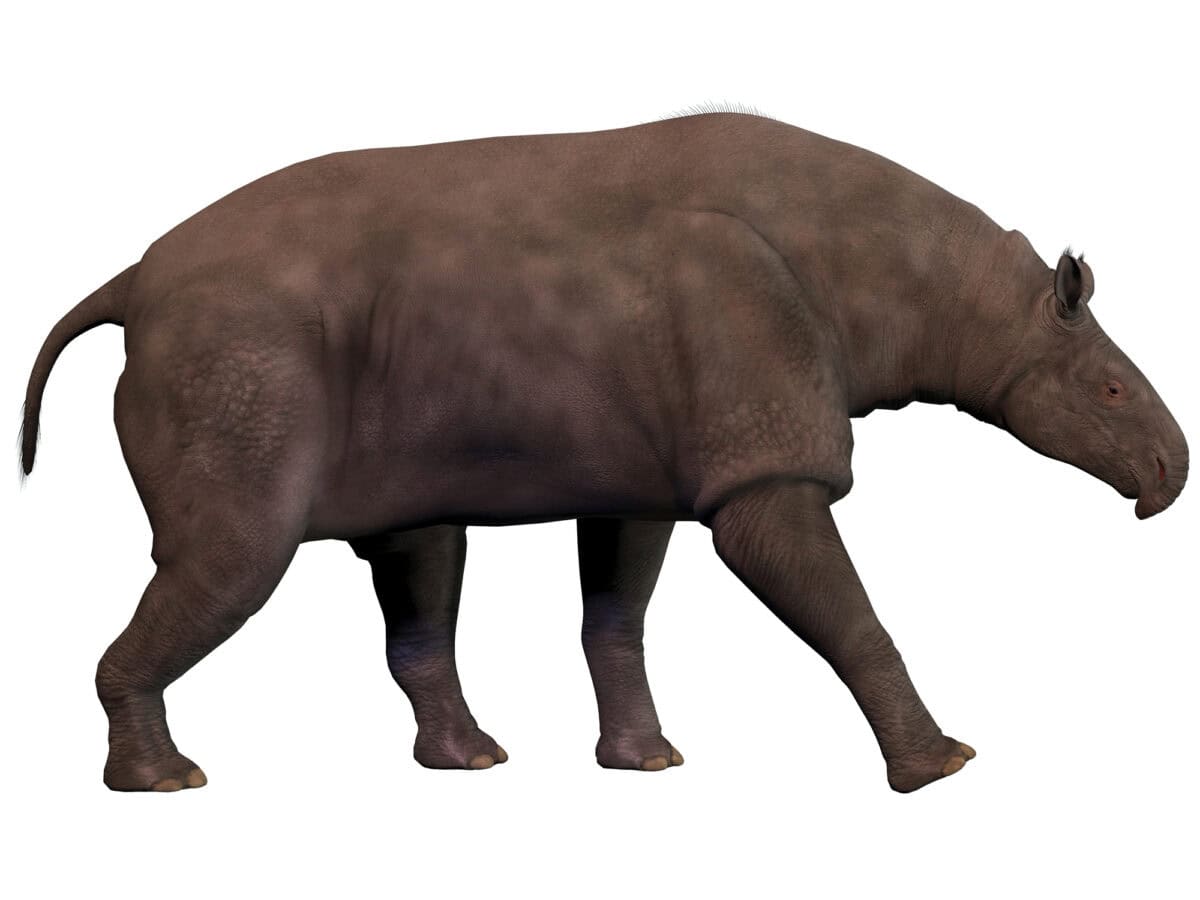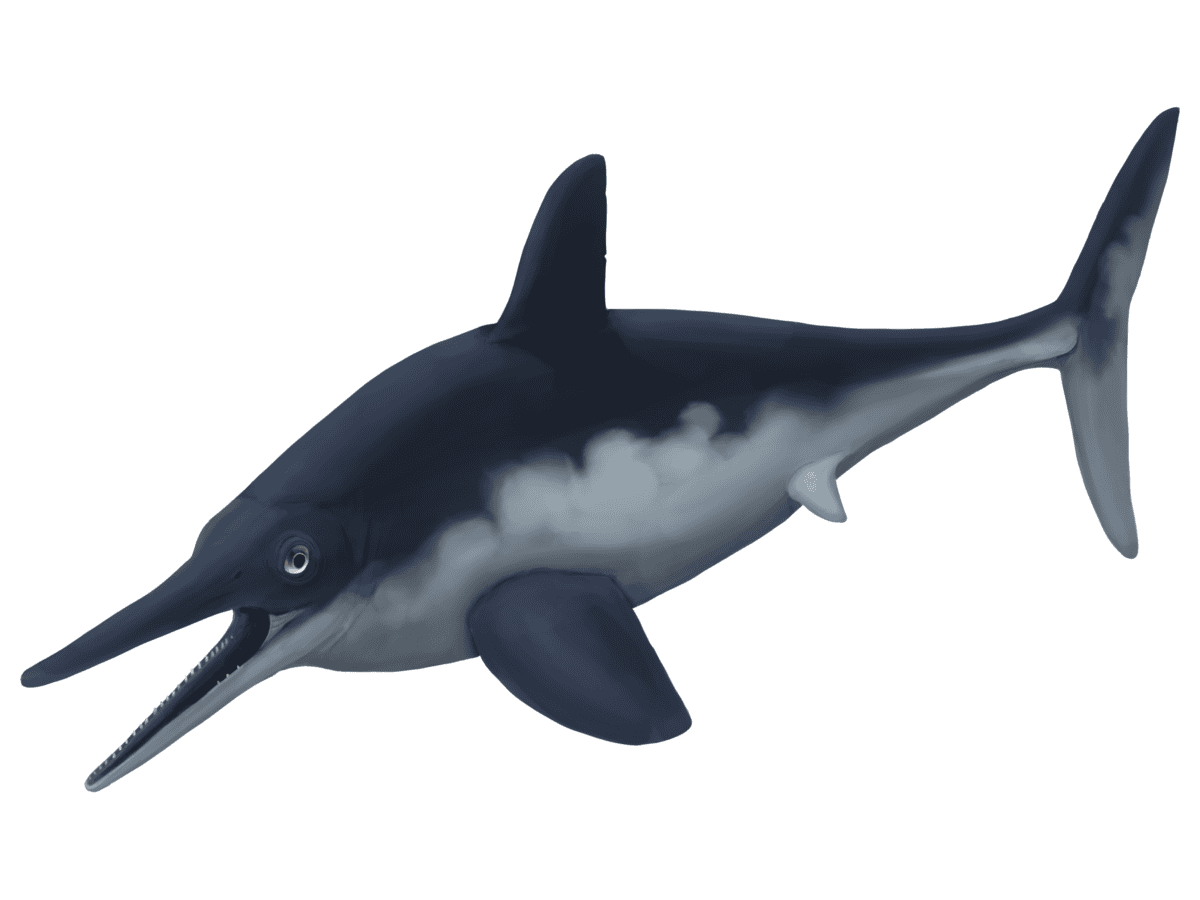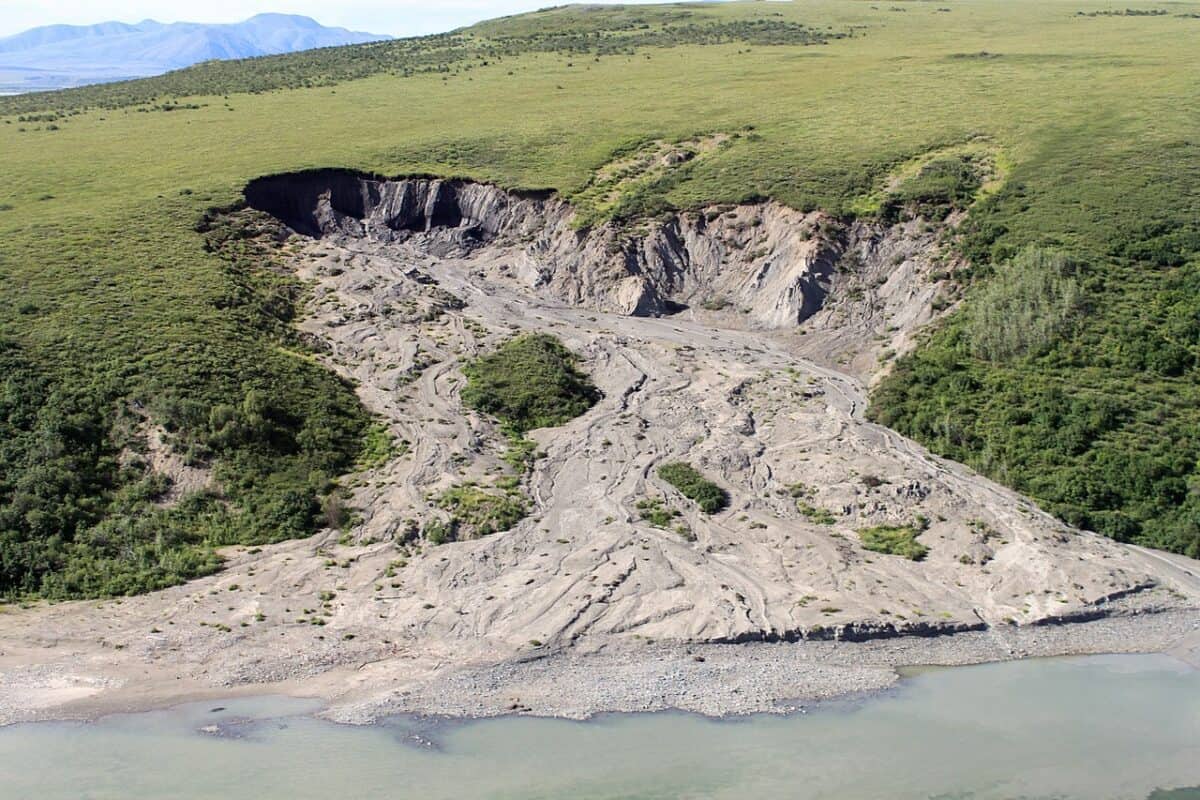Australia’s prehistoric landscape was once roamed by giants—enormous creatures that captured the imagination and hearts of those who study them today. The megafauna of ancient Australia are shrouded in mystery, representing a fascinating chapter in the continent’s natural history. Journey with us as we explore these remarkable beings and uncover the secrets of an ancient world.
The Enigmatic World of Australian Megafauna

In a land of diverse ecosystems and isolated from other continents, Australia was home to a unique variety of megafauna—large animals that are vastly different from creatures found anywhere else on Earth. These intriguing species once dominated the landscape, leaving behind tantalizing traces for scientists and archaeologists to investigate today. With animals ranging from giant marsupials to enormous flightless birds, Australia’s ancient megafauna showcase the evolutionary quirks and rich biodiversity that the continent offered long before human civilization.
What Qualifies as ‘Mega’

Megafauna, a term typically used to describe animals of considerable size, includes creatures that weigh more than 44 kilograms (about 100 pounds). Australia’s ancient megafauna were not only defined by their size but also by their unique adaptations to the environment. These species provide a glimpse into an era when size was a distinctive trait that influenced survival and dominated ecological niches in ways not seen today.
The Marsupial Lion

Among the fierce predators of prehistoric Australia was Thylacoleo carnifex, commonly known as the marsupial lion. Despite its name, Thylacoleo was more closely related to wombats and koalas than to lions. This powerful carnivore had retractable claws, a robust skull, and the strongest bite force of any mammalian predator of its time. Its unique dentition allowed it to prey on other megafauna, securing its place as one of the top predators in ancient Australia.
The Diprotodon

The Diprotodon, the largest marsupial to have ever lived, inhabited Australia during the Pleistocene epoch. Often referred to as a giant wombat, this creature weighed up to 2,800 kilograms (6,200 pounds) and stood about 1.8 meters (5.9 feet) at the shoulder. These massive herbivores likely roamed in herds across the continent, exhibiting social behaviors that might parallel those of modern-day elephants.
The Towering ‘Thunder Bird’

Dromornis stirtoni was an extraordinary flightless bird, part of the impressive family known as mihirungs or dromornithids. Towering up to 3 meters (9.8 feet) tall and weighing over 500 kilograms (1,100 pounds), these birds were the giants of the Australian plains. Despite their size, whether they were herbivores or carnivores remains a subject of debate, adding to the intrigue surrounding these avian titans.
Aquatic Wonders

Not all of Australia’s megafauna were land-dwellers; the seas hosted their own set of gargantuan creatures. Ophthalmosaurus, a type of ichthyosaur, was a prominent marine reptile known for its distinctive, large eyes. These features allowed it to hunt in deeper waters, capturing prey in low-light conditions. Measuring up to 6 meters (20 feet) in length, Ophthalmosaurus was one of the ocean’s top predators.
The Puzzling Extinction of Australia’s Megafauna

The extinction of Australia’s megafauna remains one of the most compelling mysteries. While various theories attempt to explain their disappearance, the most prevailing hypothesis involves climate change and human interaction. As humans arrived on the continent, their role in altering ecosystems could have contributed significantly to the decline of these majestic creatures.
Climate Shifts

During the Pleistocene era, Australia experienced significant climatic changes, shifting from lush landscapes to arid deserts. These changes in climate would have drastically affected megafauna habitats, food sources, and their ability to adapt quickly. Coupled with human activity, these environmental pressures could have expedited their extinction.
Indigenous Australians and Their Interaction with Megafauna

There is considerable evidence suggesting that the first humans in Australia might have interacted with, hunted, or impacted the habitats of these megafauna. Aboriginal rock art and oral traditions hint at stories and depictions of animals that resemble these prehistoric giants, providing valuable insights into how these creatures might have coexisted with early human settlers.
The Continuing Fascination with Australian Megafauna

Despite their extinction, Australia’s megafauna continues to capture the imagination of scientists and the public alike. Paleontologists work tirelessly to uncover fossils that offer new insights into their lives, behaviors, and ultimate fate. This ongoing fascination underlines a deep human curiosity about our past, the diversity of life, and the evolutionary paths not taken.
Conservation Lessons from the Past

The study of ancient megafauna offers important lessons for modern conservation efforts. Understanding how large animals adapted—or failed to adapt—to changing ecosystems provides insight into current biodiversity challenges. Preserving the world’s remaining large mammals may hinge on recognizing and mitigating similar threats faced by their prehistoric counterparts.
A Legacy Carved in Stone and Bone

The ancient megafauna of Australia remains a powerful testament to the continent’s rich natural history. These titanic creatures, now etched in fossils and indigenous lore, remind us of a world remarkably different from today. As we explore their formidable legacy, we are reminded of the intricate and fragile nature of ecosystems and the ongoing dialogue between humans and the natural world.
- 15 Tips for Managing Spider Infestations During Storm Season - August 8, 2025
- How Superstorms Have Reshaped Coastlines Over Time - August 8, 2025
- The Biggest Moose Ever Recorded in the US - August 8, 2025

